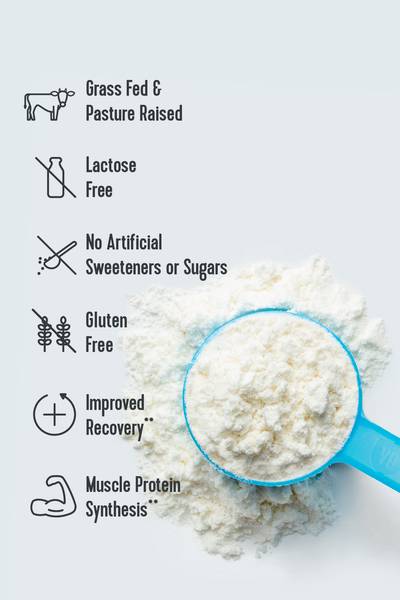If you're looking for a quick, way to work your glutes and hips with just one piece of equipment, turn to the clamshell workout! The move(also called diamonds) involves laying on your side with your knees bent with one forearm on the ground for support. With a resistance band around your thighs feet together and one foot grounded, opening and closing your top leg, then repeat on the other side.
This calisthenic move is named because it looks, as you may have guessed it, like a clamshell! It's very effective forstrengthening the hips and activating the glutes (according to a 2016 study done by the Journal of Orthopedic and Sports Physical Therapy).To learn more about the clamshell workout — and why we love it — keep scrolling down!
Vital Note: This article has been made available for informational and educational purposes only. It is not intended to be a substitute for professional medical advice, diagnosis, or treatment. Always seek the advice of your physician or another qualified health provider with any questions you may have regarding a medical condition. Your licensed healthcare professional can best provide you with the diagnosis and treatment of any medical condition and assist you as well in deciding whether a dietary supplement will be a helpful addition to your regimen.

What is the clamshell exercise good for?
You may not think you can get much out of a move you can do lying down, but clamshells actually activate many muscles. "Clamshells target the hips, glutes, and pelvis. The gluteus medius is the primary muscle used during a clamshell, it flanks your buttocks and stabilizes your pelvis. Strengthening your gluteus medius will help you balance the effort between your inner and outer thighs," Jamie Hickey, Nutritionist and Founder ofTruism Fitness tells Lively.
You may also get a bit of a core workout from doing clamshells because the move requires, "slight engagement from the core muscles to stabilize and stop you rolling backward or forward,"Leighanne Stephens, Online Fitness Coach, tells Lively. She adds that this exercise can also target the muscle tissue around the coccyx (aka the tailbone) which helps protect the finicky bone in otherwise uncomfortable positions.
Where should you feel clamshells?
It may not look like much, but you will definitely feel clamshells after a few reps. "If you're using the correct form, you should feel the muscles tightening around the back of the hip," Hickey says. You will feel the move in your glutes and the outer hip. If you are not feeling anything, you could consider adding a resistance band around your thighs, above the knee.
How Often Should You Do Clamshells?
Since the clamshell workout helps strengthens the glutes and core it can be beneficial for anyone to add to their workout routine.The move is also often prescribed to help with lower back pain. It can be added into a daily warmup.
Do clamshells work adductors?
Adductors are muscles in your upper thighs that work to help your leg move sideways; they keep your legs pulling toward the midline of your body (abductors do the opposite). Some people think of the adductor as their groin, but the hip adductors are actually made up of five distinct muscles. So if you're asking if clamshells will work your adductors, the short answer is yes.
"Clamshells use the adductors when you bring the legs back together in a slow and controlled manner," Stephens says. "This exercise primarily works the abductors but using the opposite muscle to ensure a safe and controlled return to the starting position will create some engagement in the opposing muscle [the adductor]," Stephens says.
Hickey adds that clamshells target the hip abductors which is why it’s a popular (and effective) exercise among people dealing with leg tensions.
How do you do reverse clamshells?
So, you've mastered clamshells (congrats!). Now it's time to do reverse clamshells. In a standard clamshell, your feet are together and the knees separate, so basically, you’ll reverse that move by swapping the role of your feet and hips.
“To do a reverse clamshell you want to keep the knees somewhat together and allow the feet to separate in an arc movement. Start with both legs together in a bent position, lying on one side. Lift the top foot up and twist the leg towards the front of the body whilst keeping the knees aligned on top of another, they may not be touching,” Stephens says.
What muscles do reverse clamshells work?
The reverse clamshell helps to strengthen the smaller internal hip rotators. But this move can be a bit tricky, so you may want to call in the props when doing this move.
"To do a reverse clamshell effectively you should use a ball to maximize the eccentric tension of the move," Hickey says. The ball would go between your thighs, right above the knee, while avoiding tension on the knee. If you're a visual person, there are tons of free videos online that you can watch to assure you're doing the move correctly.















